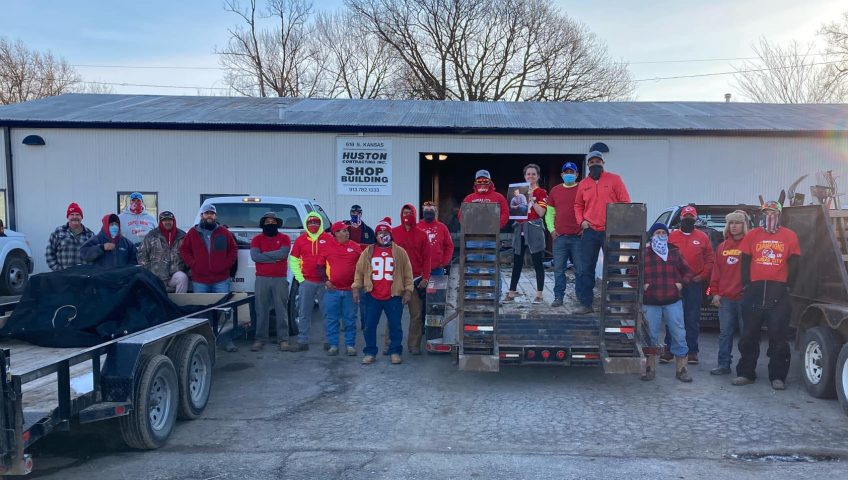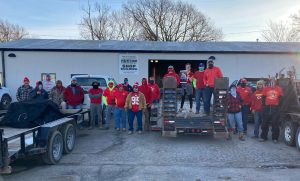 How to Stay Safe While Removing Snow from Your Property
How to Stay Safe While Removing Snow from Your Property
It doesn’t matter if your property is residential or commercial: removing snow from driving and walking areas can be a painstaking process. Removing snow is the only way to ensure the safety of others who might need to travel or move around before the snow melts.
There are options when it comes to snow removal. Of course, we think the best option is to contract with a trusted snow removal service. There are countless advantages to letting the pros handle your winter snow removal, some of which we’ll share below.
But if you want to tackle the task yourself, you’ll need elbow grease, stamina, the right tools, and time if you want to do it safely and properly. Keep reading for a few tips that might help, but remember: always check with your doctor to be sure that you should be shoveling snow.
Stay Safe While Shoveling Snow With the Right Tools
Shoveling or otherwise removing snow is an athletic activity that requires strength, stamina, and the proper tools.
Be sure you’re equipped with warm gear. A coat, gloves, hat, thick socks, and sturdy boots are necessary to protect your skin from frostbite as you work outdoors. You’ll also need a shovel that’s specifically designed to scrape and scoop snow; using shovels designed for other jobs will result in you having to work harder and longer to clear your area.
Some folks prefer a snow blower for lighter dustings of snow. Using this tool can help reduce the stress on your body because you’re not bending or lifting. But be sure you’ve read the safety warnings and operation manual before you try to operate any type of machine, and take the proper precautions to be sure that the machine is fully serviced and in good condition.
Remembering These Health Tips while Removing Snow
Snow removal is a very physical activity, not unlike other forms of exercise. To stay safe, remember these tips:
- Warm up first. Your muscles should be warmed up and ready to work hard in order to shovel snow properly. Try stretching, bending, or running in place indoors before heading out into the snow.
- Push whenever possible instead of lifting. If you can move the snow without having to hoist and toss, you can save precious energy and make it easier on your body.
- Take frequent breaks. There’s no law that says you have to clear all the snow at once. Rest when you need to rest.
- Try to keep up with the snow. Shorter, more frequent shoveling sessions can be easier on your body than a marathon after multiple snows.
- Stay hydrated. You will sweat under the layers necessary to stay warm. Taking frequent breaks to hydrate is crucial, even when the temperatures are cold.
Stay Safe (and Warm) by Hiring a Professional for Removing Snow
There’s a reason businesses and homeowners associations hire us year after year to take care of their snow removal needs. Our dedicated crew, our professional tools, and our diligent work ethic means that we’ll be there when you don’t want to be (or can’t).
This not only frees up your time for doing what you do best, but it gives you peace of mind that the job will be done right. You can work on projects, spend more time with family, or even travel without worrying about whether or not your driveways, streets, or parking lots will be free of snow.
We’re here and eager to help when you’re ready. Give us a call to learn more…before you have a pile of snow that needs to be moved!


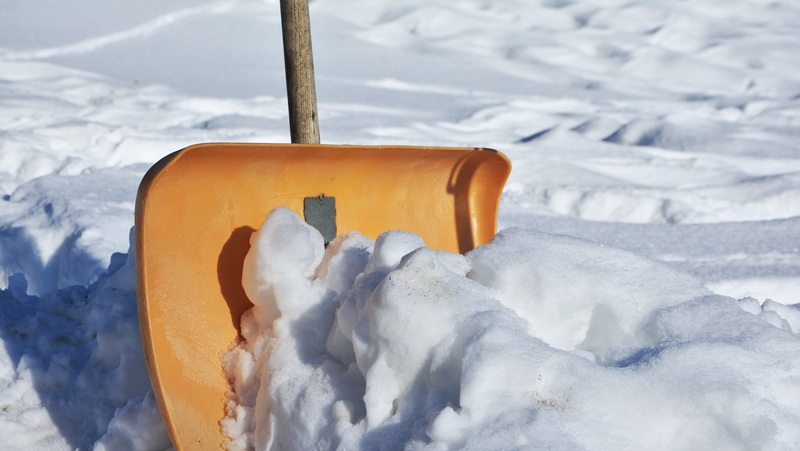
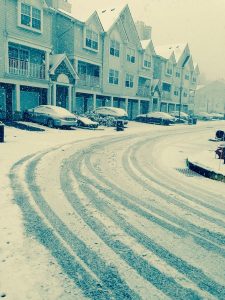 It’s that time again: temperatures are dropping, days are getting shorter, and we’re swapping our shorts for sweaters. This means that before we know it, we’ll need to scrape the ice off our car windshields and shovel snow from our driveways and sidewalks.
It’s that time again: temperatures are dropping, days are getting shorter, and we’re swapping our shorts for sweaters. This means that before we know it, we’ll need to scrape the ice off our car windshields and shovel snow from our driveways and sidewalks. 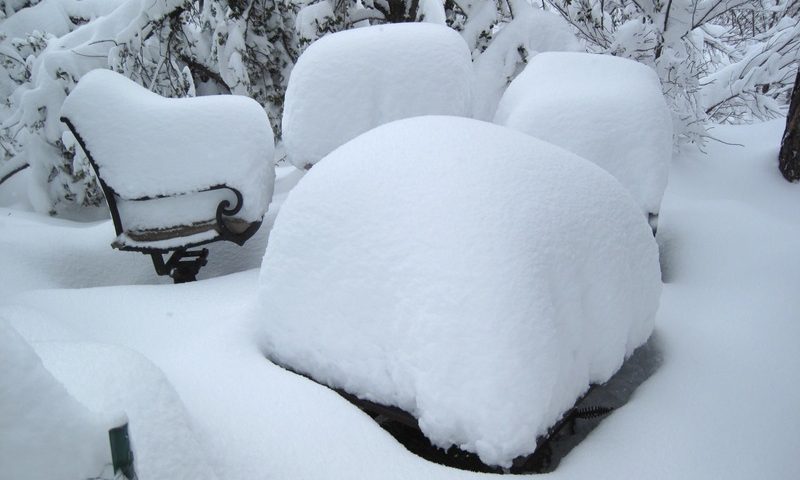
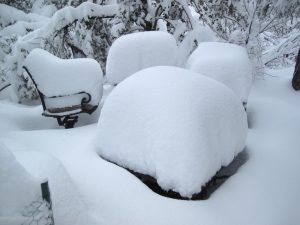 Prepare Your Outdoor Living Space for Winter Weather
Prepare Your Outdoor Living Space for Winter Weather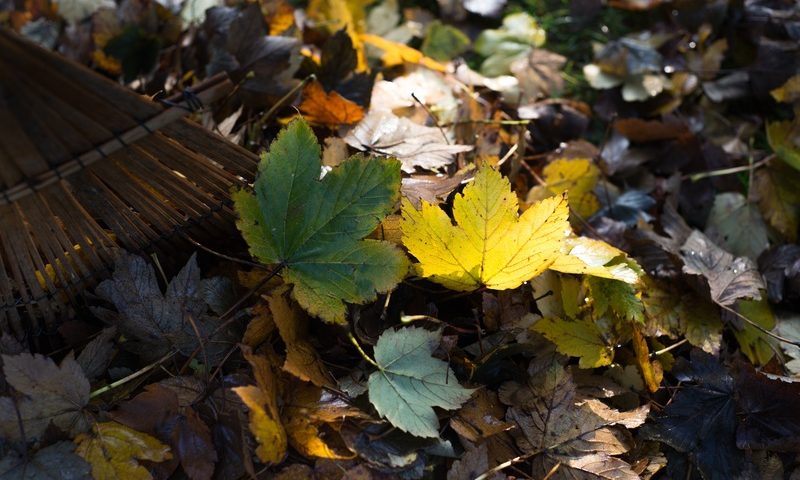

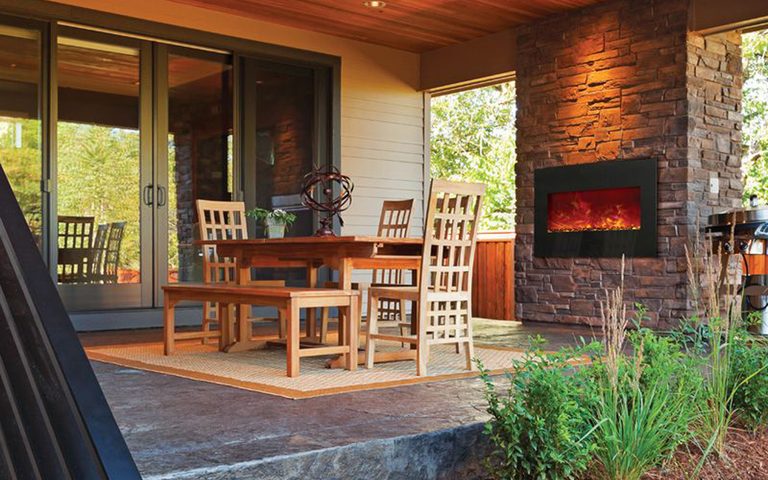
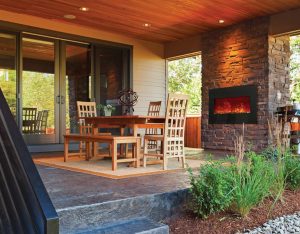 Start With a Small Landscaping Change
Start With a Small Landscaping Change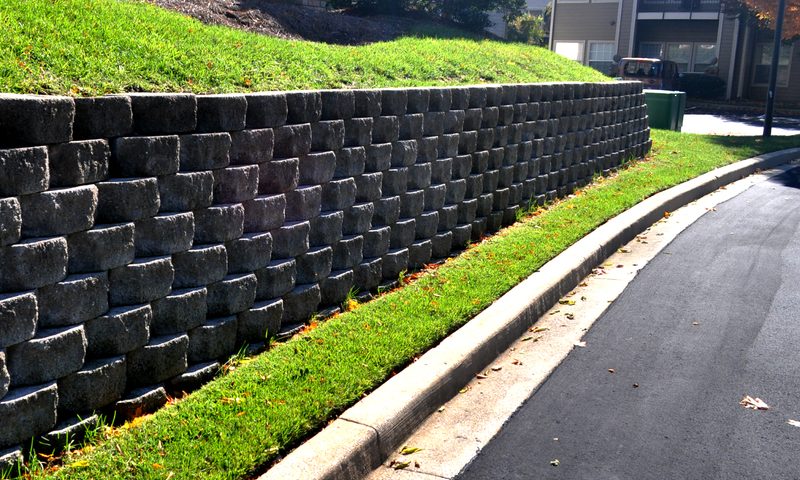
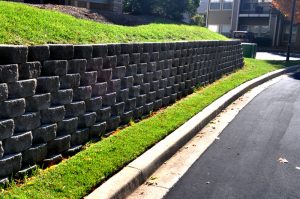

 The high temperatures of summer bring unique challenges to lawns and landscaping in the Olathe and general Johnson County area. How do you know if you’re doing everything you can to ensure that your yard and your outdoor spaces are healthy and look as good as possible?
The high temperatures of summer bring unique challenges to lawns and landscaping in the Olathe and general Johnson County area. How do you know if you’re doing everything you can to ensure that your yard and your outdoor spaces are healthy and look as good as possible?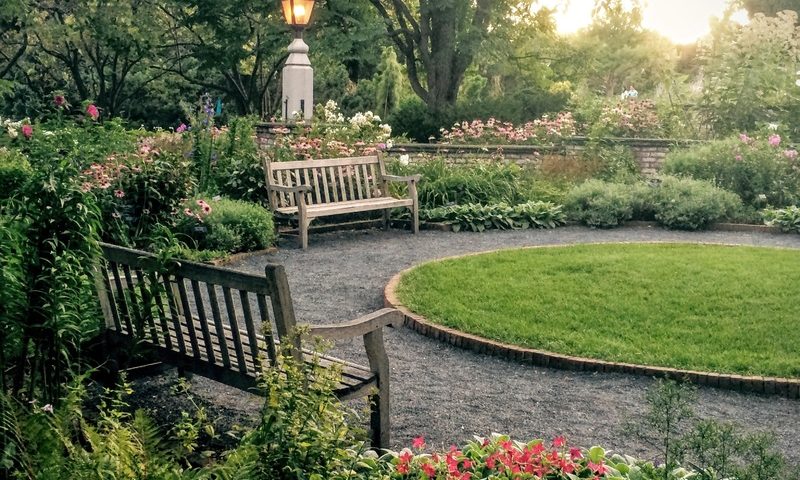
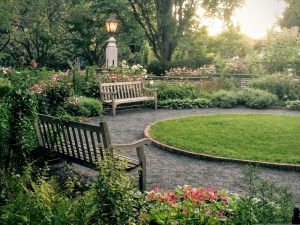 If you’ve read our blogs, you might notice that we talk quite a bit about how to make your outdoor living space the best it can be. But outdoor spaces aren’t limited to residential areas. In fact, if you look closely, you’ll see that a landscape architect can have a hand in planning and improving almost every area, from shopping malls to office parks and more.
If you’ve read our blogs, you might notice that we talk quite a bit about how to make your outdoor living space the best it can be. But outdoor spaces aren’t limited to residential areas. In fact, if you look closely, you’ll see that a landscape architect can have a hand in planning and improving almost every area, from shopping malls to office parks and more.

